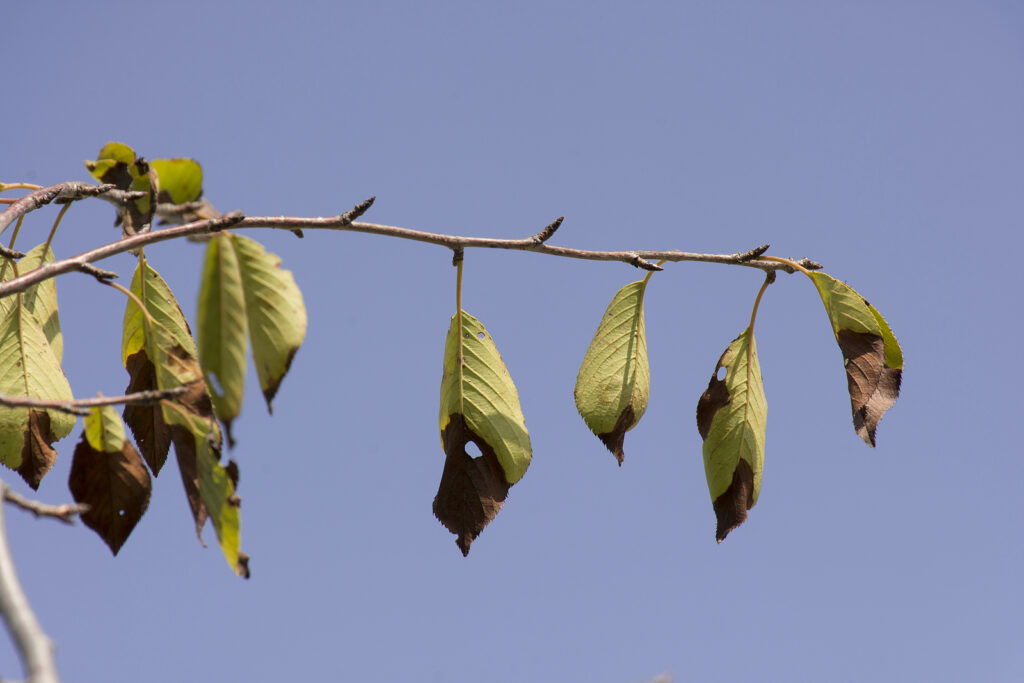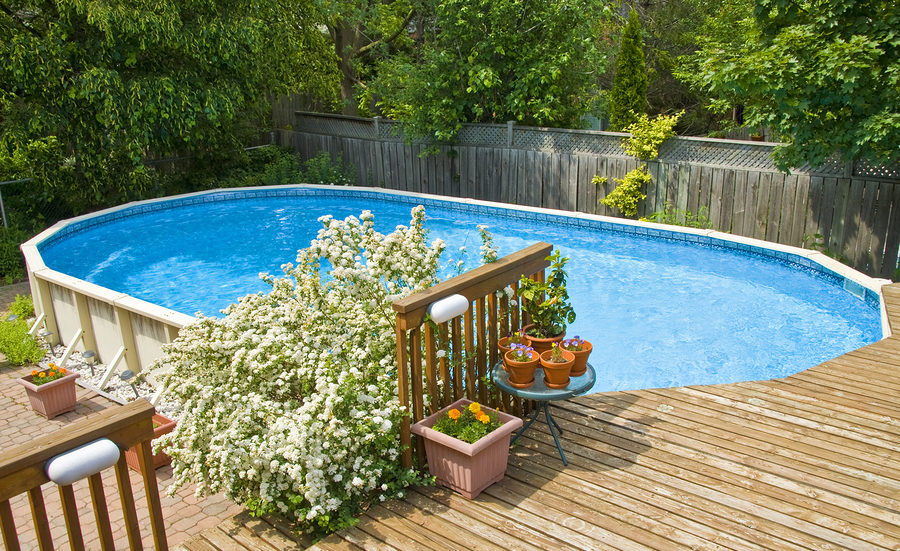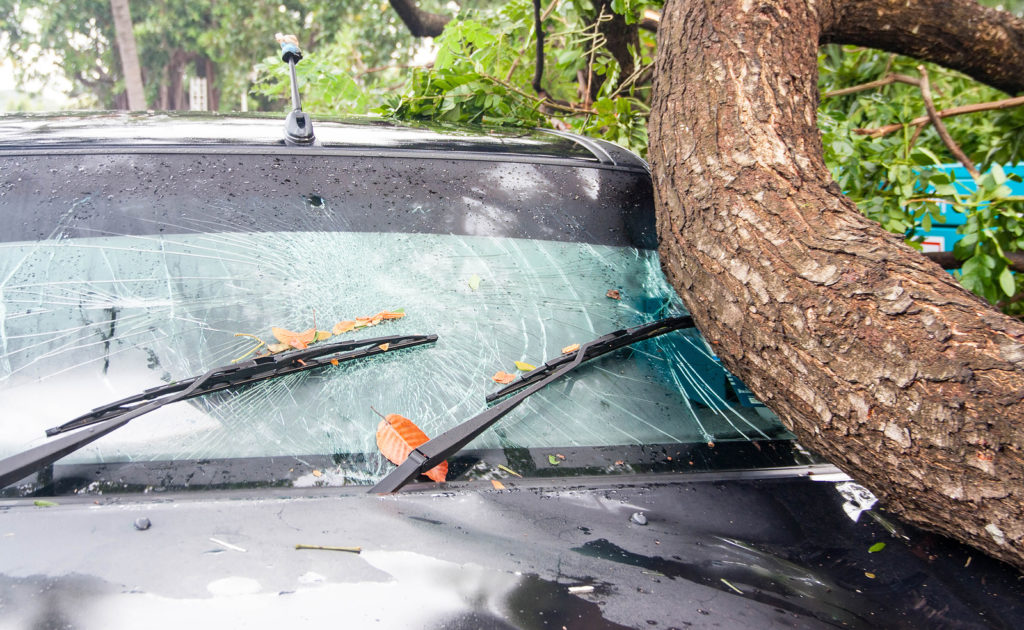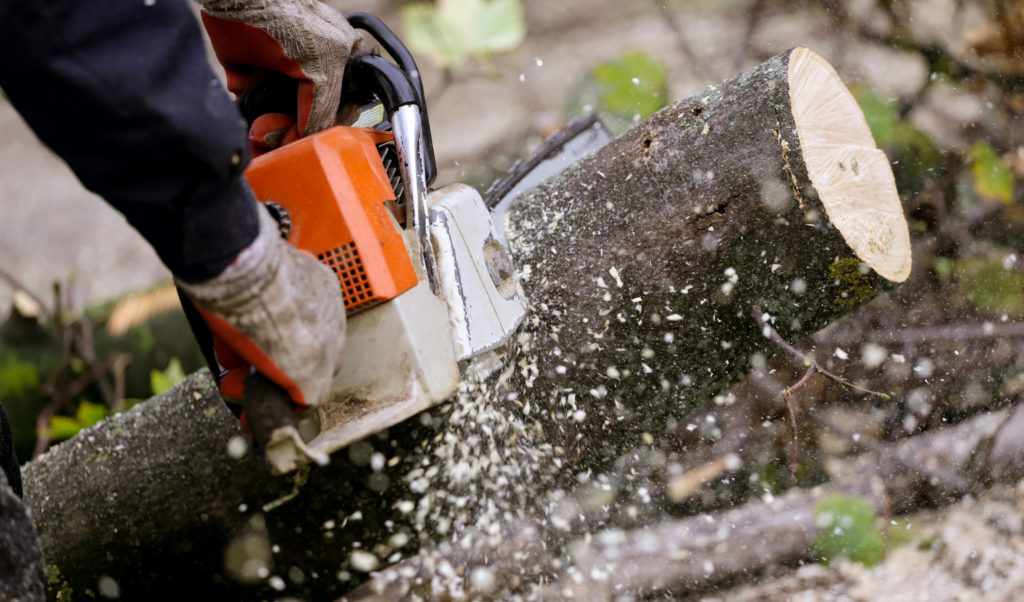Welcome to the fascinating world of tree anatomy! Trees are not just towering structures that provide shade and add beauty to our landscapes; beneath the surface, there’s a complex system working diligently to support life.
This blog post aims to shed light on the inner workings of these magnificent organisms, from their grounding roots to their lofty leaves. We’ll also delve into the importance of proper tree care, with a special focus on the ‘critical root zone’. Whether you’re a gardener seeking to better understand your leafy companions, or a nature enthusiast intrigued by the natural world, this comprehensive guide is for you. Let’s embark on this enlightening journey to explore the intricate and awe-inspiring world of tree anatomy together.
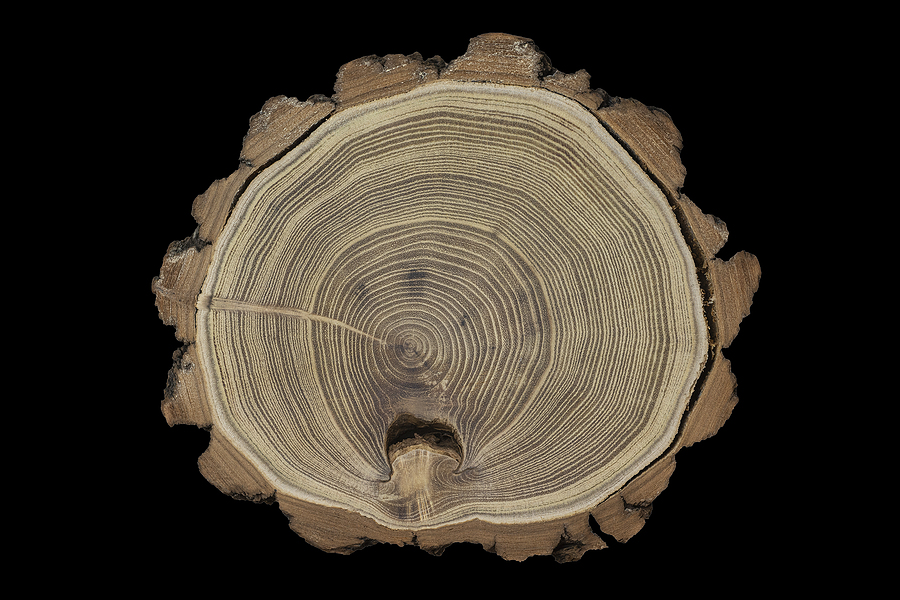
Understanding Tree Anatomy: A Basic Overview
The anatomy of a tree is composed of three main parts—roots, trunks, rings, leaves, and even the critical root zone. Let’s take a closer look at each one…
Tree Roots
A tree’s roots are its foundation, anchoring it to the ground and providing access to essential nutrients and water. In addition to their primary purpose, roots also store carbohydrates and provide the tree with strength and stability. The average root system can grow up to four times as wide as the canopy of a particular tree species.
Critical Root Zone (CRZ)
Proper tree care is essential for optimal health and growth. Of special importance is the critical root zone (CRZ), which extends from the trunk to one-third of its height and two-thirds of its width. It’s in this area where roots absorb the most water and nutrients, so it’s important to take extra care of the CRZ.
Tree Trunk
The trunk is responsible for transporting nutrients between the leaves and the roots. It is composed of three distinct layers—the bark, cambium, and heartwood. The bark is the outermost layer that protects the tree from external threats like extreme temperatures and pests. The cambium lies directly beneath the bark and functions to produce new cells, while the innermost layer of wood (heartwood) helps to support the tree’s structure.
Tree Rings
Tree rings are a fascinating phenomenon of nature. They can be used to tell significant information about the past environment the tree lived in, such as the amount of rainfall and temperature changes. By counting back from the current time known as ‘kerning’, tree ring analysts can gain insight on how an area where a tree is situated has changed over long periods. Based on these characteristics, you can reconstruct past climate conditions. Additionally, estimated ages of trees are listed in tree rings – they indicate when trees transition from one growth cycle to the next. This process follows similar methods used in traditional radiocarbon dating.
Leaves
The leaves are a tree’s most visible feature. They are responsible for photosynthesis, which is an essential process that helps a tree to create its own food (sugars) from sunlight and CO2. In addition, leaves provide the oxygen we need to survive, as well as act as miniature filters that help to regulate air quality by removing pollutants from the atmosphere.
Tree Care Essentials
Mulching is one of the best ways to protect and nourish a tree’s root system. Mulch acts as an insulator, helping to prevent soil erosion and retain moisture. It also provides vital nutrients that promote healthy root development. Moreover, mulch helps to reduce competition from weeds and provides a buffer against extreme temperatures.
In addition, proper irrigation is essential for keeping trees healthy. Over-watering can lead to root rot and disease, so it’s important to be mindful of how much water your tree receives. Also keep in mind that different species have varying needs when it comes to watering—some require more frequent watering than others, so be sure to research the needs of your particular tree.
Finally, if you notice any signs of distress on the leaves or branches (e.g., discoloration, wilting) it’s important to contact a licensed tree service company as soon as possible. Professional tree care experts can help identify and resolve any issues before they become too severe.
In Conclusion
Understanding tree anatomy is the key to providing essential care and maintenance for your leafy companions. This blog post has provided a comprehensive overview of tree anatomy, with a special emphasis on the importance of proper care in the critical root zone. We hope this beginner’s guide will inspire you to appreciate the majestic beauty of trees and take steps to nurture them with love and respect.
Are you in need of expert tree services for your landscaping trees? Contact Timberland Tree Care at 317-348-0811 for licensed and insured tree service in Indianapolis, Indiana. We serve residential and commercial customers all throughout the surrounding Indy areas.
Related Posts:
Do We Have an Indiana State Tree?
The Home of the World’s Biggest Sycamore Tree Stump Will Surprise You
Identifying Common Trees of Indiana: A Beginner’s Guide

